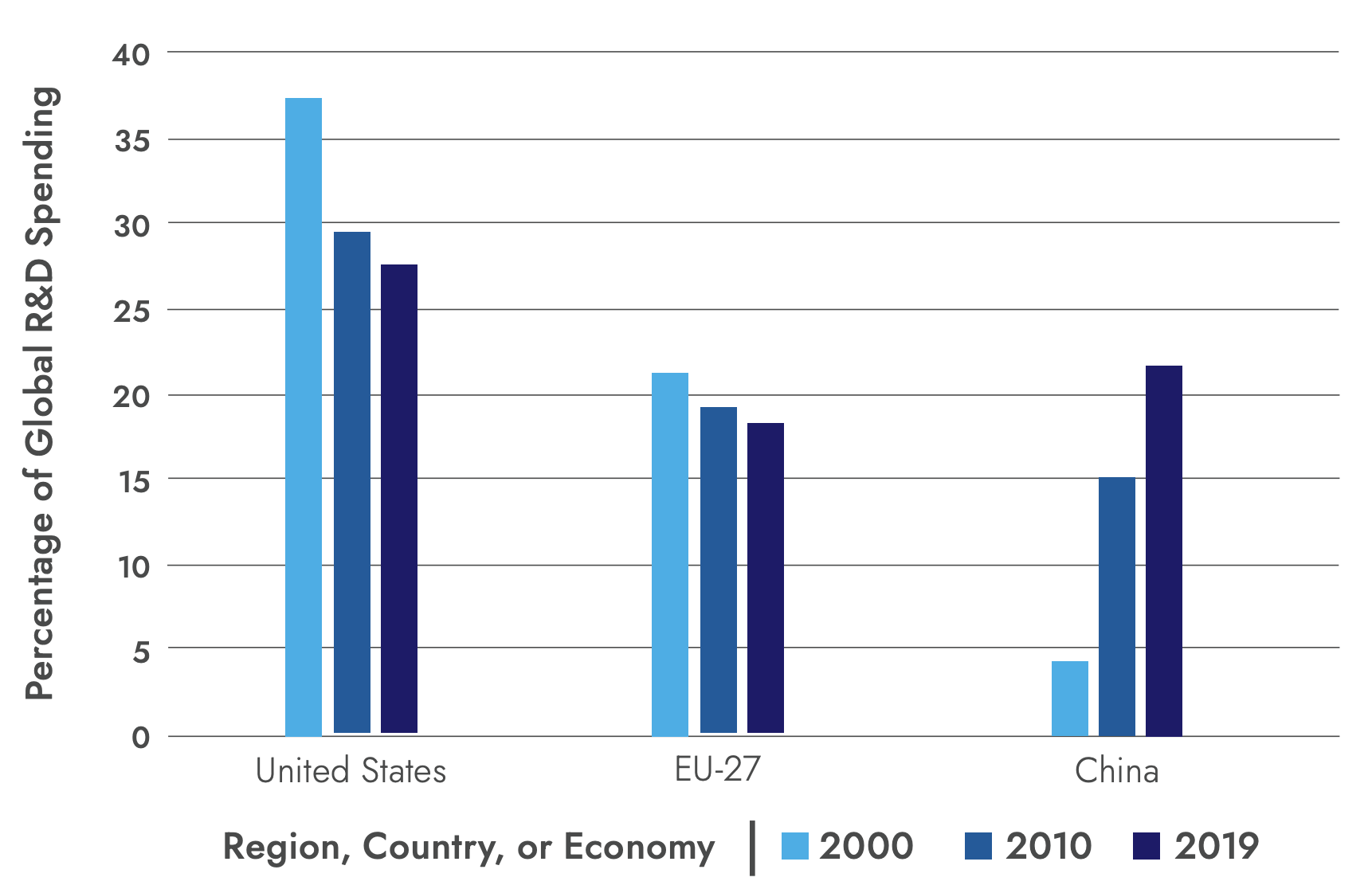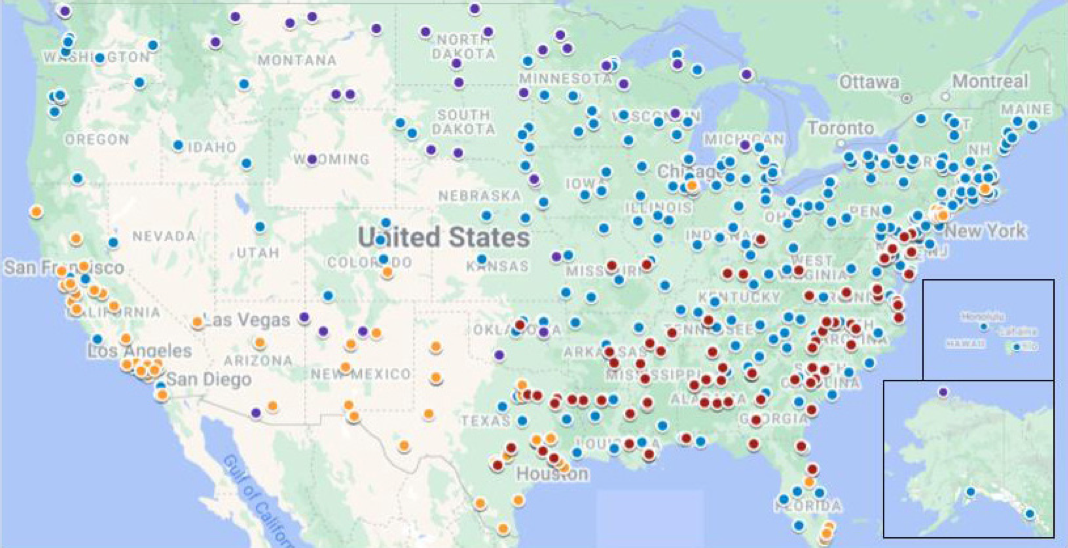Funding Fundamental Research: The Building Blocks of American Innovation
To help ensure U.S. competitiveness, Congress should match the authorizations in the CHIPS and Science Act and provide robust funding for the DOD 6.1 and 6.2 research accounts in FY24.
Fundamental research is essential to U.S. competitiveness. Federal funding directly impacts the future U.S. STEM workforce
- More than 85% of the long-term growth of the U.S. economy is attributed to advances in science and technology.
- Physics research programs help generate the technical workforce demanded by our high-tech economy. Roughly 50% of new PhDs in physics take jobs in the private sector.
Investments in Research, People and Communities: Following Through on the CHIPS and Science Act
Not providing robust funding for the federal science agencies, as authorized in the CHIPS and Science Act, means missed opportunities for students and researchers. The U.S. needs to fulfill the “and Science” portion of the CHIPS bill to remain a global leader in science and technology.
Changing R&D Expenditures Indicate Increasing Global Competition

Broadening Participation and Building STEM Capacity Across All 50 States

- Historically Black Colleges and Universities (HBCU) in 2022
- Hispanic Serving Institutions (HSI) recipients of federal R&D funding in FY21
- Tribal Colleges and Universities (TCU) in 2022
- Emerging Research Institutions (ERI) for FY22
Full appropriations of the CHIPS and Science Act will greatly expand participation in STEM and geographical diversity of federal R&D investments. Initiatives include:
- Regional Innovation Hubs (NIST)
- Expanded partnerships with HBCUs, MSIs, ERIs, TCUs, (NSF, DOE)
- And more
Sources: NSF HERD survey, Dept. of Ed. IPEDS
Fully Funding the CHIPS and Science Act is Critical
Harnessing the full potential of our R&D enterprise requires appropriations matching the ambitious funding levels laid out in the CHIPS and Science Act. People are the bedrock of U.S. R&D, and these increases are vital to support them and the economic health of our nation.